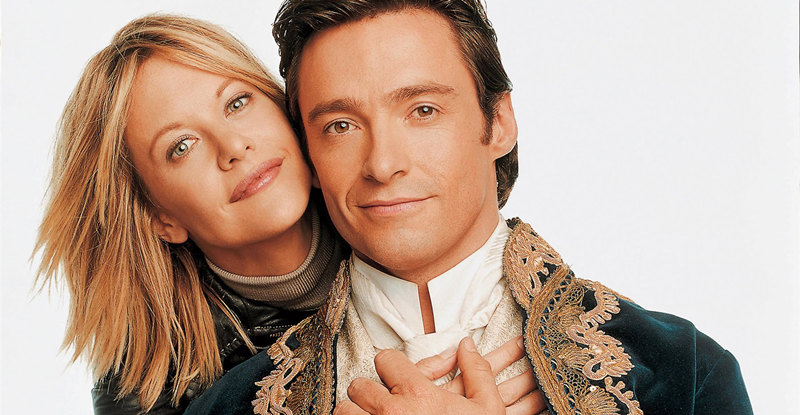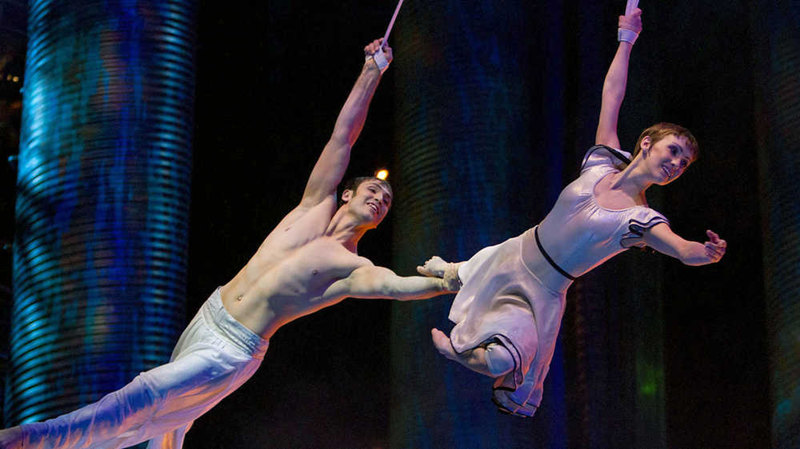From 1956 to 1969, in the second phase of his phenomenal career, Elvis Presley made a whopping thirty-one films! I had no idea until I looked it up. It’s probably because he made so many films in so short a time and they were so very much alike that they all tend to blur together. At least, for a casual Elvis fan like me. Frankly, after his debut as a rock-and-rock sensation in the mid fifties, I sorta lost track of and lost interest in him. Nevertheless, the King was at the top of his game in MGM’s 1964 release “Viva Las Vegas,” one of his most popular and financially successful movies.
Apparently, Col. Tom Parker, Elvis’s manager, wanted Elvis to make formulaic films that would deliver exactly what the entertainer’s fans wanted and little more, despite Elvis’s pleas to do more, especially to expand as an actor. With “Viva Las Vegas,” MGM provided a bigger budget than usual, filmed almost entirely on location, and secured a top-notch director, George Sidney (“Annie Get Your Gun,” “Showboat,” “Kiss Me Kate,” “Pal Joey,” “Bye Bye Birdie”). The result may be a cut above most of Elvis’s movies, but, unfortunately, it still comes off as little more than an upscale nightclub revue.
In this one, Elvis plays Lucky Jackson, a singing race-car driver. Why he races cars if he can sing so well is anybody’s guess. The movie informs us he’s a famous driver, too, but it doesn’t show in the beginning of the film because he hasn’t much money, and his car’s got no engine. He and his mechanic, Shorty Fansworth (Nicky Blair), arrive in Las Vegas to compete in the Las Vegas Grand Prix (which didn’t exist at the time of the movie). Lucky isn’t in town more than a few minutes before he meets a friendly rival, the Italian racing champion, Count Elmo Mancini (Cesare Danova), who drives Ferrari; and the soon-to-be love of his life, Rusty Martin (Ann Margret), a hotel pool manager.
In a plot too flimsy to mention, Lucky loses what little money he has when he falls into a swimming pool, and he and Shorty have to don waiter’s uniforms to earn enough dough to buy an engine for Lucky’s race car. From that point on, Lucky has to deal with money problems on the one hand and chase after Rusty on the other.
The film is bright and colorful and totally devoid of anything that might resemble reality. It’s a fantasy picture, where Elvis and Ann-Margret break out into song and dance every two minutes, and the color and sparkle of an empty-headed musical abound from start to finish.
Elvis is a dreadful actor, at least in the roles in which I’ve seen him, and “Viva Las Vegas” proves no exception. Happily, he doesn’t have to do much acting here. He just has to look handsome and charming, and, of course, sing up a storm. Ann-Margaret, who seems more able to cope with what little dialogue the film offers, fares slightly better, and their romantic entanglement comes off rather sweetly.
In the end, “Viva Las Vegas” is more a travelogue for the Nevada Tourist Bureau than a legitimate motion picture; yet it has its attractions, and a couple of the songs are worth the wait. From beginning to end we hear the title song “Viva Las Vegas” sung three times, “The Yellow Rose of Texas,” “The Lady Loves Me,” “C’mon Everybody,” “Today, Tomorrow and Forever,” “The Climb” (a dance number with the Jubilee Four providing the vocals), “Wha’d I Say?,” “If You Think I Don’t Need You,” “Viva Las Vegas” (yet again), “I Need Somebody to Lean On,” and “My Rival.”
I couldn’t help thinking as I watched “Viva Las Vegas” how almost quaint the city looked back in 1963 when they made the film. Everything was just as glitzy as it is now, but much flatter. There were few of the high-rises we see today. And Elvis was still young and trim. Weren’t we all?
Video:
It appears that Warner Bros. did everything they could to bring this movie to the home screen as well as possible. They had a good master print; they cleaned it up; and they transferred it to disc at a high-bit-rate in anamorphic widescreen. They preserved the movie’s original 2.40:1 aspect ratio, and they ensured the film’s colors were strong, deep, vivid, and realistic. The blacks are black, the reds are definitely red, and the whites glisten. What’s more, the screen looks as clean as it could be, with hardly a trace of grain or noise anywhere. It’s quite a pleasure to look at.
Audio:
The film comes with both Dolby Digital 5.1 surround sound and Dolby Digital 1.0 mono. The 5.1 remix is ultrasmooth and soothing on the ears. While there is not much energy in the frequency extremes and not much more than a little musical ambience enhancement in the rears, the sound stage is reasonably wide and the midrange well balanced.
Extras:
The first major attraction among the extras is an audio commentary by Steve Pond, author of the book “Elvis in Hollywood.” His comments are not only informative, they are unusually honest. He admits, for instance, that most of Elvis’s movies were mediocre, with “Viva Las Vegas” at least having a decent budget and production values. The second major bonus item is the newly made featurette “Kingdom: Elvis in Vegas,” a twenty-minute segment recounting the final phase in Elvis’s career, his love affair with Las Vegas in the 1970s and his headline nightclub acts.
Beyond those things, there are twenty-four scene selections but no chapter insert; a widescreen theatrical trailer for “Viva Las Vegas”; an Elvis trailer gallery at start-up only; English as the only spoken language; French subtitles; a twenty-four-page photo book; and a handsome metallic-finished slipcover.
Parting Shots:
“Viva Las Vegas” gave Elvis’s fans exactly what they wanted: music, pretty girls, music, dancing, and more music, all set amid the glamour and glitter of America’s fanciest city. Today, I’d say dedicated fans might still find that about all they want, so WB’s new transfer, as nice as it looks and sounds, is probably a godsend. For the rest of us, the movie might not be quite the pinnacle of Hollywood romantic comedies or movie musicals and might not hold quite the allure.


